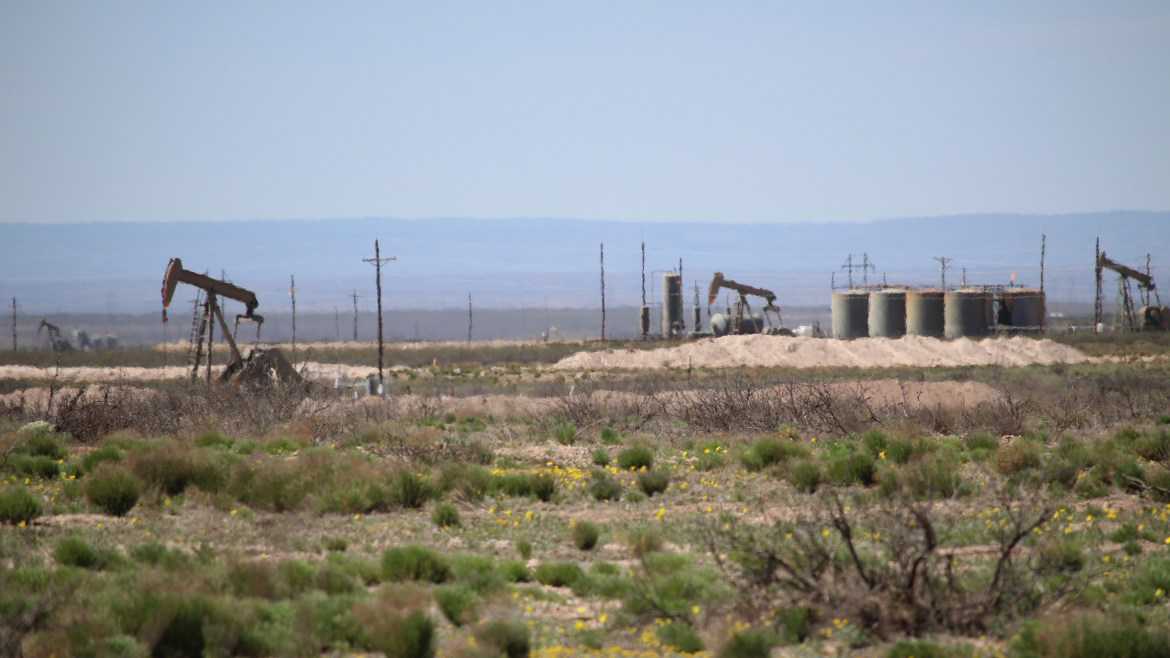The New Mexico Environment Department’s (NMED) Air Quality Bureau hosted a hearing on Monday, Feb. 12, about proposed changes to construction permits for oil and gas facilities. The process kicked off in the summer of 2016, and the public comment period closed at the end of January. According to the department, the general construction permit codifies air protection rules for industry to “streamline the application process and to provide consistency in the oversight process.” The resulting updates and changes to construction permit regulations for oil and gas ventures in the state can be read in it’s entirety at the Bureau’s site.Jon Goldstein, director of regulatory and legislative affairs with the Environmental Defense Fund, said that when they’re finalized, the changes will make New Mexico’s new oil and gas construction permits among the weakest in the United States.“This is especially egregious when you consider the methane hotspot in the San Juan Basin and the importance of that issue in New Mexico,” Goldstein said. “This revision would do nothing to address methane emissions at all. Colorado has stepped up to regulate methane, and NMED is proposing to do nothing.”In 2014, scientists from NASA and the University of Michigan published a paper on methane levels across the globe. Satellite images showed that the nation’s largest methane anomaly—the size of Delaware—is over the Four Corners region. Next, the researchers wanted to understand where the methane was coming from; they captured samples and determined their signature. Most, they found, was related to natural gas wells and coal mining. Of the 250 emitters identified, 10 percent were responsible for about half the methane emissions in the San Juan Basin.Goldstein has been working on the methane issue for years now, as the environmental group has tried to emphasize not just the climate impacts of methane, which is 80 times more potent a greenhouse gas than carbon dioxide, but to pivot toward focusing on the economics of wasted methane, or natural gas.New Mexico’s producers waste more methane than any other, Goldstein said. Annually, the state misses out on tens of millions of dollars in revenues when methane leaks from wells and pipes or is unnecessarily flared or vented.Shrinking Federal RulesThe state’s proposal comes on the heels of 13 months of changes from the Trump administration. Already, both the US Department of the Interior and the Environmental Protection Agency have sided with industry in opposition of Obama-era rules aimed at cutting methane waste from oil and gas wells, stations and pipelines. Last year, the US Bureau of Land Management even rescinded a rule that required the agency to consider the effects of climate change when reviewing environmental studies for projects on its lands.And two weeks ago, the BLM updated its policy related to land use planning and lease reviews for oil and gas to cut the time people have to push back against a project.“To figure that out takes time—it’s even difficult for us as attorneys to work through these arcane, bureaucratic processes,” he said. “The clear intent of this is to cut the public out from the process as much as possible.”Industry SupportThe New Mexico Oil and Gas Association (NMOGA) was also at Monday’s hearing on the construction permits for oil and gas facilities. Again, the proposed changes revise two existing permits, which the New Mexico Environment Department says are outdated, and limit industry from using state-of-the-art pollution control technology.NMOGA supports modernizing the permit process and making it more efficient, said Robert McEntyre, the trade group’s spokesman. But it still has concerns. For instance, he said, the new permit does not allow construction to begin until the permit has been approved. Nor does it grandfather in existing facilities.McEntyre also said industry has some of the goals environmental groups do, despite the criticism leveled against the oil and gas industry. But while activist groups advocate for “greater regulation, more rules and red tape for industry,” he said, industry is taking leadership. Many companies, including ExxonMobil, BP, Shell and Statoil, have signed commitments to voluntarily reduce methane emissions. “There is no single operator or producer I know who will say they don’t want to reduce methane emissions,” he said. He pointed to reductions of methane emissions in both the San Juan Basin and the Permian Basin; 47 percent and 6 percent, respectively. He added that the state’s Energy, Minerals and Natural Resources Department has reported reductions in venting and flaring statewide, too.“The truth is, when industry is not held simply to a set of prescriptive rules, but is allowed flexibility to innovate, to test new technology and to share that technology with one another, that’s when we have the greatest ability to impact the way we do business and make positive changes that help everyone involved,” McEntyre said. “When companies can free up the capacity of their employees, their engineers and geologists and hydrologists, to think and work collaboratively toward solutions, and not be pushing paperwork, then we can make more progress in solving this problem.”Though natural gas production continues to lag, due to low prices, New Mexico recently jumped from 5th in oil production nationwide to 3rd. Higher oil prices have helped the state’s budget, too. But higher production is key.“If production had remained flat, we wouldn’t be seeing the huge windfall we’re coming into this year,” he said. “Production is up by a tremendous amount—it’s at least double over the last five years.”
A slightly different version of this story appeared at NM Political Report.Read more incisive journalism like this at NMPoliticalreport.com



